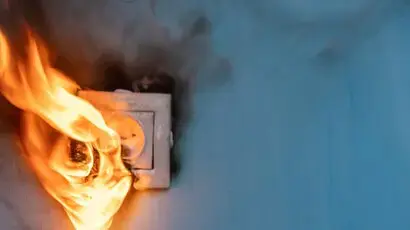
Get your free Melbourne Electrician quote today!
Our team of Melbourne Electricians is here to help you with any questions or concerns you may have. We’re committed to providing you with the best possible service and support.
This article identifies the typical reasons behind electrical faults in residential settings, focusing on issues like poor wiring, circuit overloads, and defective appliances. It provides guidance on how to handle these electrical problems effectively.
Electrical faults at home are more than just minor annoyances; they’re potential dangers that can threaten your safety. Grasping the various causes of these faults is crucial for keeping your home’s electrical system in good shape, ensuring both safety and peace of mind for everyone living there.
There’s a wide range of problems that can mess with your home’s electricity, like faulty wiring, overloaded power points, or malfunctioning appliances. Sometimes it’s just flickering lights, but other times, it might involve serious issues like electric shocks or even fires. These problems highlight just how important it is to swiftly and effectively find and fix any electrical faults.
Circuit breakers are pivotal in safeguarding your electrical circuit from damage by automatically shutting off the electricity flow when a fault is detected . However, common electrical faults such as short circuits or circuit overload can sometimes overwhelm even the most robust systems. Additionally, external factors like power surges from lightning strikes or disruptions in the power lines can impose unexpected stress on your home’s electrical infrastructure .
Spotting electrical issues early and calling in the experts when needed are key steps in avoiding significant damage. By doing this, you ensure electricity remains a helpful tool in your home, rather than a potential risk.
Overview of Electrical Systems in Homes
Your home’s electrical setup is a complex web that makes sure power is safely and efficiently distributed. It consists of key components like wiring, circuits, fuses, and circuit breakers—each one plays a significant role in maintaining safety.
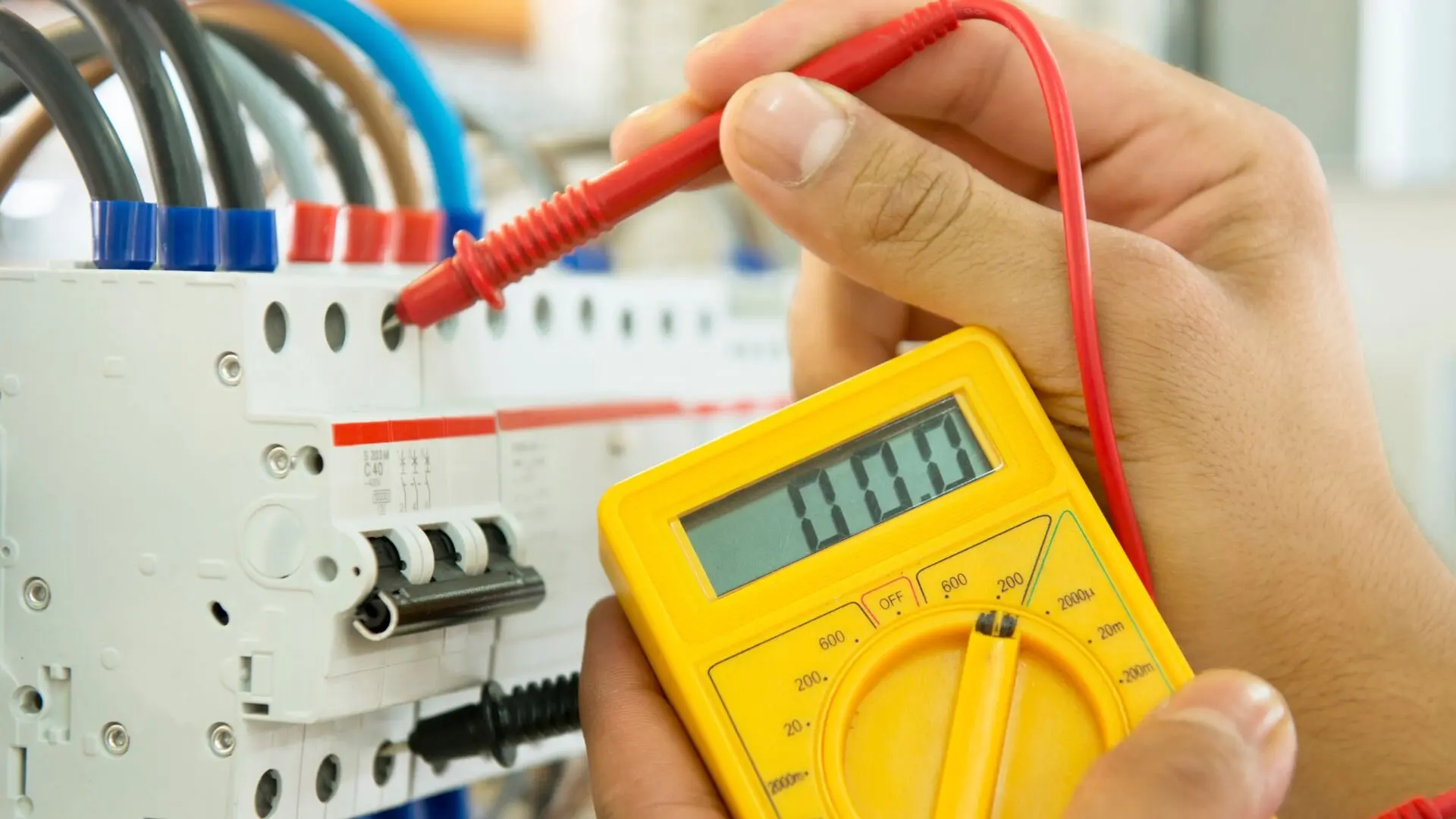
Wiring: The Backbone of Electrical Systems
Wiring is fundamental to any electrical system and is responsible for conducting electricity from the main power supply to different parts of the house. High-quality wiring prevents common electrical faults such as short circuits and electrical fires . Regular inspections can identify issues like damaged wiring or exposed wires, which pose significant risks.
Circuits: Distributors of Electricity
Circuits distribute electricity throughout the home, ensuring that different areas and appliances receive the correct amount of power. Each circuit is designed to handle a specific load; excessive demand can lead to circuit overload, causing the circuit breakers to trip frequently. This safety mechanism prevents the wiring from overheating, which could otherwise lead to electrical fires.
Fuses: Safety Protectors
Fuses are safety devices that protect electrical circuits by breaking the connection if the current flowing through it becomes too high, potentially due to an electrical fault or an overloaded circuit. When a fuse blows, it must be replaced to restore the circuit’s functionality.
Circuit Breakers: Guardians Against Electrical Faults
Like fuses, circuit breakers safeguard the electrical system by automatically cutting off the power if they detect an overload or a short circuit. This interruption helps prevent electrical surges and other hazards . The advantage of using circuit breakers over fuses is that they can be reset rather than needing replacement after a fault occurs.
Together, these components ensure the smooth and safe operation of your home’s electrical system. They help manage the electricity flowing to electrical devices, mitigate risks associated with electrical surges, and protect against potential electrical shocks. Homeowners should ensure enough power points and consider using surge protectors to guard sensitive electronics against voltage spikes .
Having a professional electrician regularly check your system can identify and resolve any issues, ensuring it runs safely and efficiently. This proactive approach can help lower your electricity bill and reduce the risk of serious electrical problems.
Common Causes of Electrical Faults
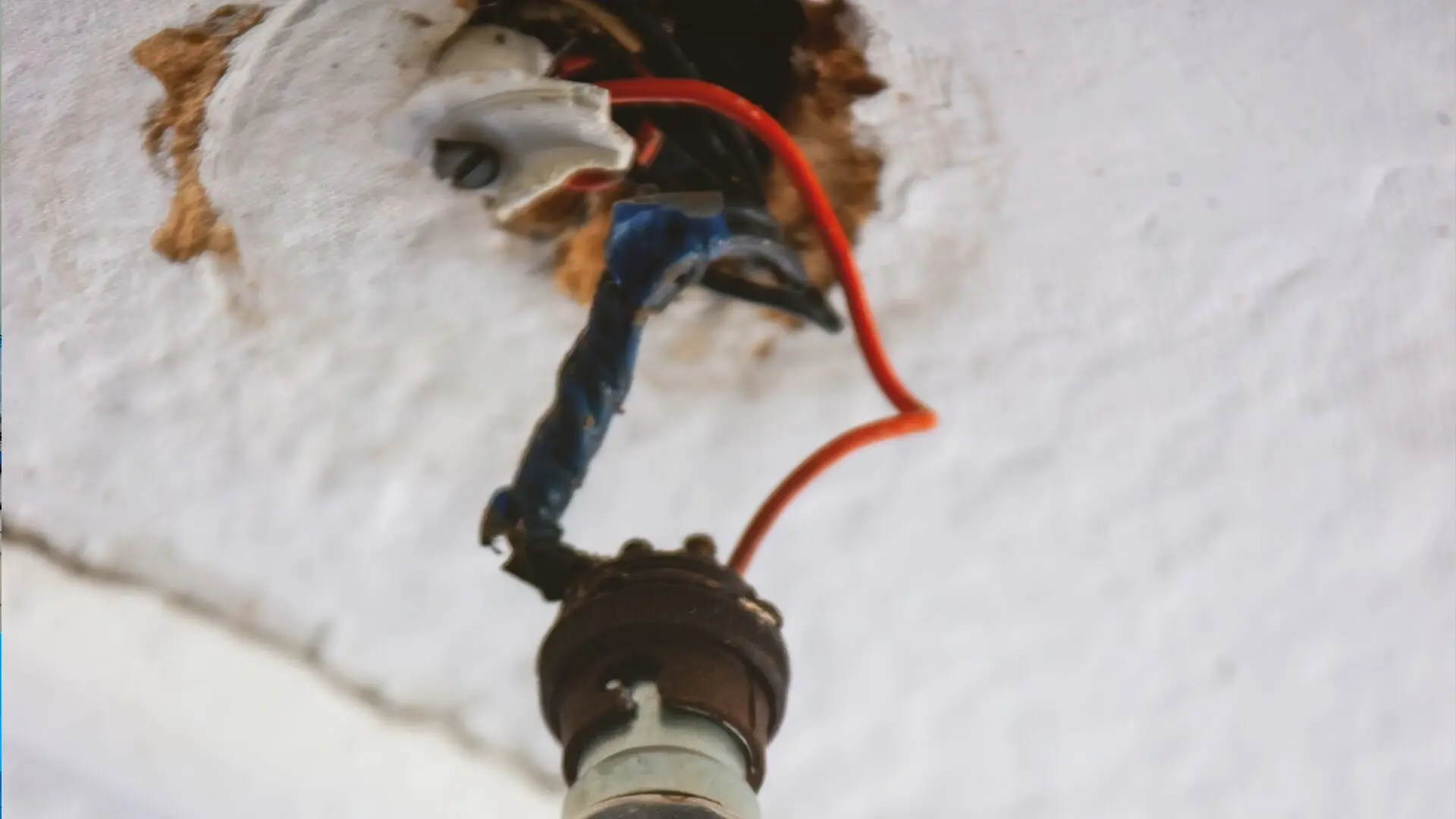
Outdated or Poor Wiring
Outdated wiring is a common problem, often causing electrical faults. These old systems struggle to handle today’s multitude of appliances, leading to overloaded circuits and fire risks. Over time, insulation on older wires can degrade, exposing them and upping the chances of a short circuit. This can be a fire hazard or cause electric shock if touched.
When electrical surges happen, aged wiring may not effectively dissipate the excess voltage, which can damage appliances and light bulbs . In addition, poor connections, often found in older installations, can cause sparking and further degrade the integrity of the electrical circuit.
If you keep seeing your circuit breaker trip, notice flickering lights, or your electricity bill is oddly high, it’s time to call in a skilled electrician. They might suggest updating your wiring, especially if it’s not up to today’s safety standards, to keep your electrical supply both safe and reliable.
Circuit Overload
Circuit overload is a common electrical fault arising when too many appliances draw power from a single circuit . Modern households often use multiple high-demand devices simultaneously, from air conditioners to high-powered kitchen appliances, which can exceed the circuit’s capacity . This excessive load can cause the circuit breaker to trip to prevent wires from overheating, possibly leading to a fire.
The layout of circuits in a home should ideally match the expected electricity usage. Plugging too many devices into one power outlet or using extension cords excessively can contribute to overloading. Homeowners should distribute electricity consumption evenly across different circuits and consider installing additional circuits if necessary. Using a surge protector can also help manage unexpected spikes in voltage, thus protecting sensitive electronics.
Faulty Appliances and Devices
Faulty or damaged electrical appliances are significant contributors to electrical faults within homes. These devices can develop internal faults, such as poor wiring or loose connections, leading to short circuits. When a faulty appliance such as a toaster or washing machine is operated, it can create an unexpected surge in power demand, stressing the electrical system and potentially causing a circuit breaker to trip.
Using cheap electrical devices with substandard manufacturing quality increases the risk of such faults. These devices may not comply with safety standards, leading to higher risks of electrical problems. Regular maintenance and timely repairs of household appliances can prevent these issues from escalating. Additionally, it’s crucial to immediately disconnect and repair any appliance that shows signs of malfunction, like sparking or unusual sounds, to avoid further damage to the electrical system.
For optimal safety, homeowners should ensure that qualified professionals carry out all electrical work. Regular checks by an electrician can identify and rectify faults in appliances, wiring, and the main electrical panel, contributing to a safer home environment.
Signs of Electrical Problems in Your Home
There are several signs that could point to underlying electrical problems in your home, and each one needs attention to prevent potential hazards:
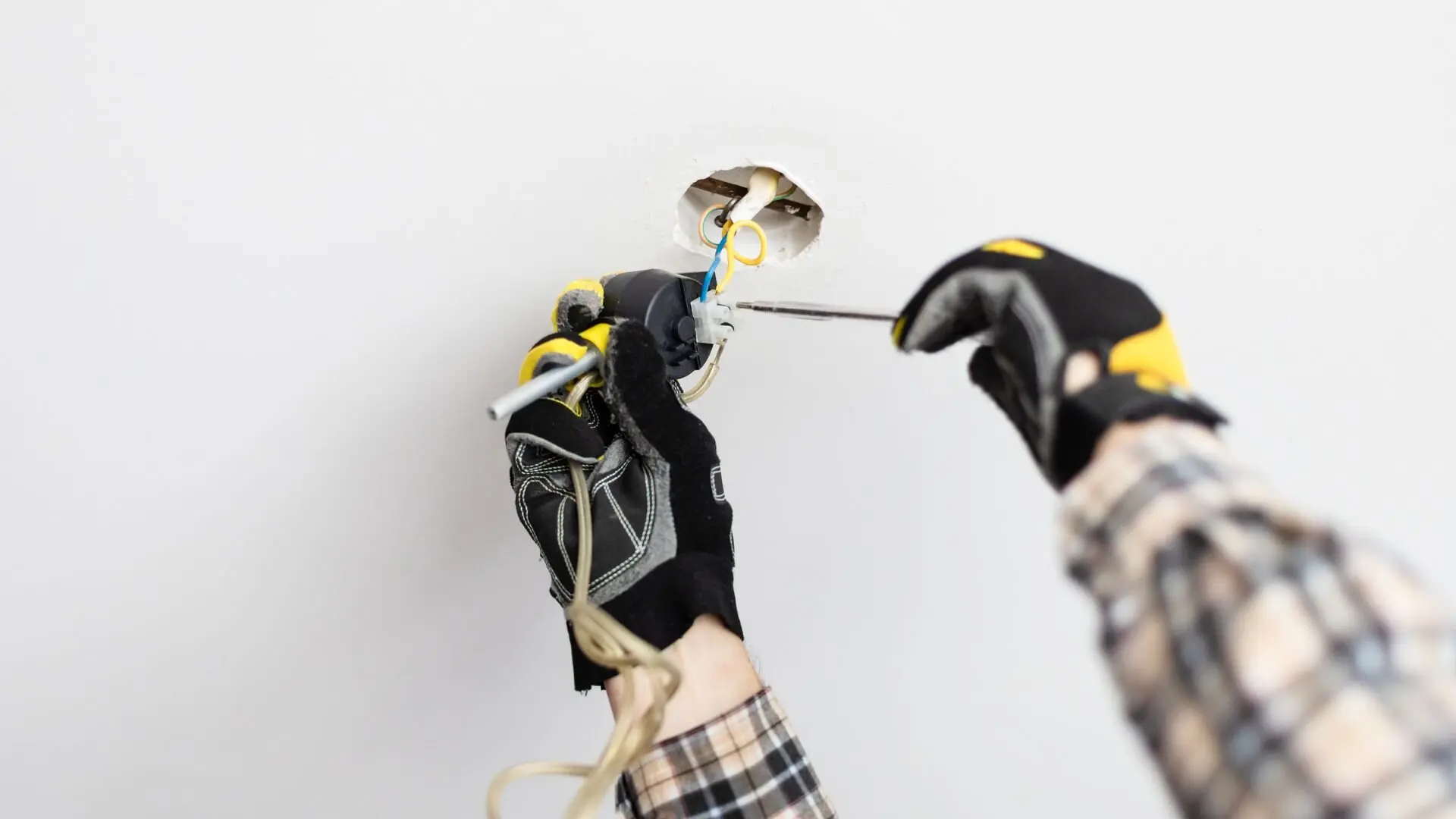
Frequent Breaker Trips
One common sign of an electrical issue is if the circuit breaker trips often . This safety mechanism activates to protect the electric circuit from damage due to excessive load or a fault. Frequent trips may suggest an overloaded circuit, a short circuit, or other electrical problems, such as a bad main neutral connection .
Flickering or Dimming Lights
If light bulbs frequently flicker or dim, this could indicate an unstable electric circuit or poor connection within your home’s wiring. Such issues might occur from incorrect wiring or from a dimming switch that is not properly installed. Addressing these fluctuations is important as they can stress your electrical system and lead to more significant damage.
Unusual Noises from Electrical Panels
It sounds like buzzing or crackling coming from the electrical panel, which is alarming. These noises often indicate a poor electrical connection or a live wire that may not be securely fastened . They might also indicate the presence of backstabbed wires, where wire ends are pushed into a connection point and can easily become loose.
Warm or Dead Outlets
If an electrical outlet feels warm, it might be experiencing an unexpected surge or high voltage, which isn’t typical during normal use. This warmth could indicate too much electricity is being drawn from it or faulty installation or wiring. Dead outlets, ones that don’t work, usually result from power leaks or disconnected wiring somewhere along the line .
Voltage Dips and Frequent Surges
If you’re getting sudden voltage dips or frequent surges, it might point to issues like an overloaded main panel or supply fluctuations. If these surges happen often and aren’t due to external factors, faulty appliances or damaged outlets might be to blame for drawing too much power.
These symptoms highlight potential risks and should prompt homeowners to consult with professional electrical services. Regular inspections can mitigate these problems, ensuring the safety and efficiency of your home’s electrical network.
Steps to Address and Prevent Electrical Faults
Regular maintenance checks and timely professional inspections are crucial in preventing electrical faults in your home. Here are practical steps to ensure your electrical system operates safely and efficiently:
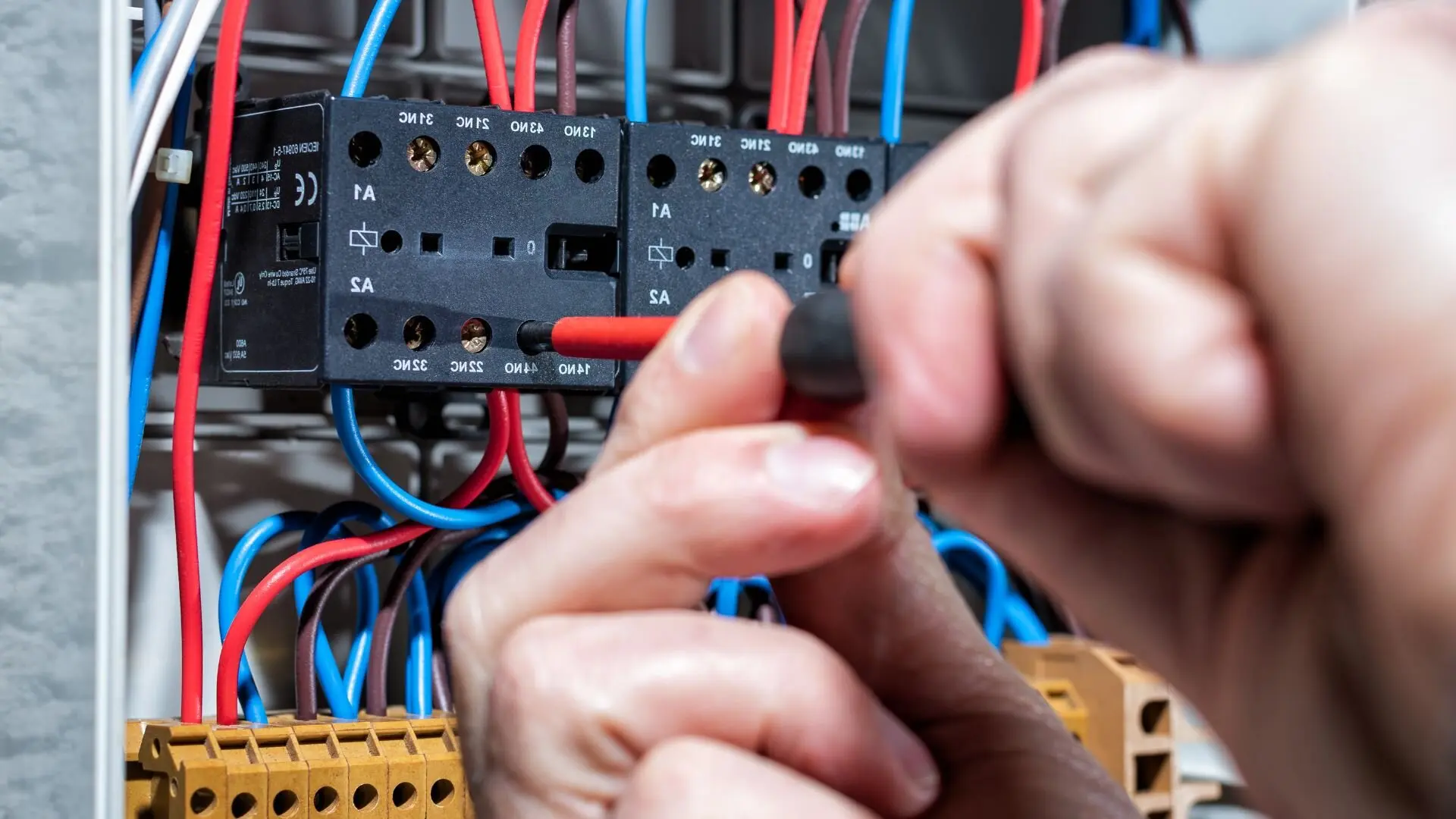
Conduct Regular Maintenance Checks
Homeowners should regularly inspect their electrical system for any signs of trouble. This includes checking for exposed wires, which can lead to dangerous situations like electric shocks or fires. Test light switches and dimmer switches to ensure they operate smoothly without flickering, which can indicate underlying issues. Also, power outlets should be examined to ensure they are not warm to the touch, as this could signal an overload or faulty wiring.
Replace Faulty Equipment
Swap out any light bulbs that flicker or appear dimmer than usual, as these could be faulty and affecting the circuit. Over time, regular wear and tear can degrade electrical components, so consistent checks and replacements are essential.
Schedule Professional Electrical Inspections
Consider having a professional inspection if your house experiences frequent electrical issues, such as circuit breaker trips, or if you notice that too much electricity is being used without a clear reason. Professional electricians can identify and rectify poor installations and other hidden problems that might not be obvious during a routine check.
Electrical inspections are particularly advisable after a major renovation or installation of new heavy appliances . These changes can strain your existing electrical system, and an expert can ensure all modifications are up to code and safely integrated.
Taking these steps helps safeguard your home against electrical hazards, ensuring that your electrical systems remain robust and reliable.
Stay Safe and Informed
Regular vigilance is vital in maintaining a safe electrical environment at home. Act swiftly if you notice warning signs, such as a light bulb that dims unexpectedly, warm outlets, or exposed wires. These could be early indicators of potential electrical hazards.
For complex issues or if you’re unsure about the safety of your electrical system, seeking professional help is crucial. Electrical faults require expertise to ensure they are dealt with safely and effectively .
If you’re experiencing any of these issues, don’t hesitate to contact WP Electrical . Our expert team offers professional electrical inspection and fault detection services , ensuring your home remains safe and free from electrical hazards.
Published by: Pascal Harb17 October 2025